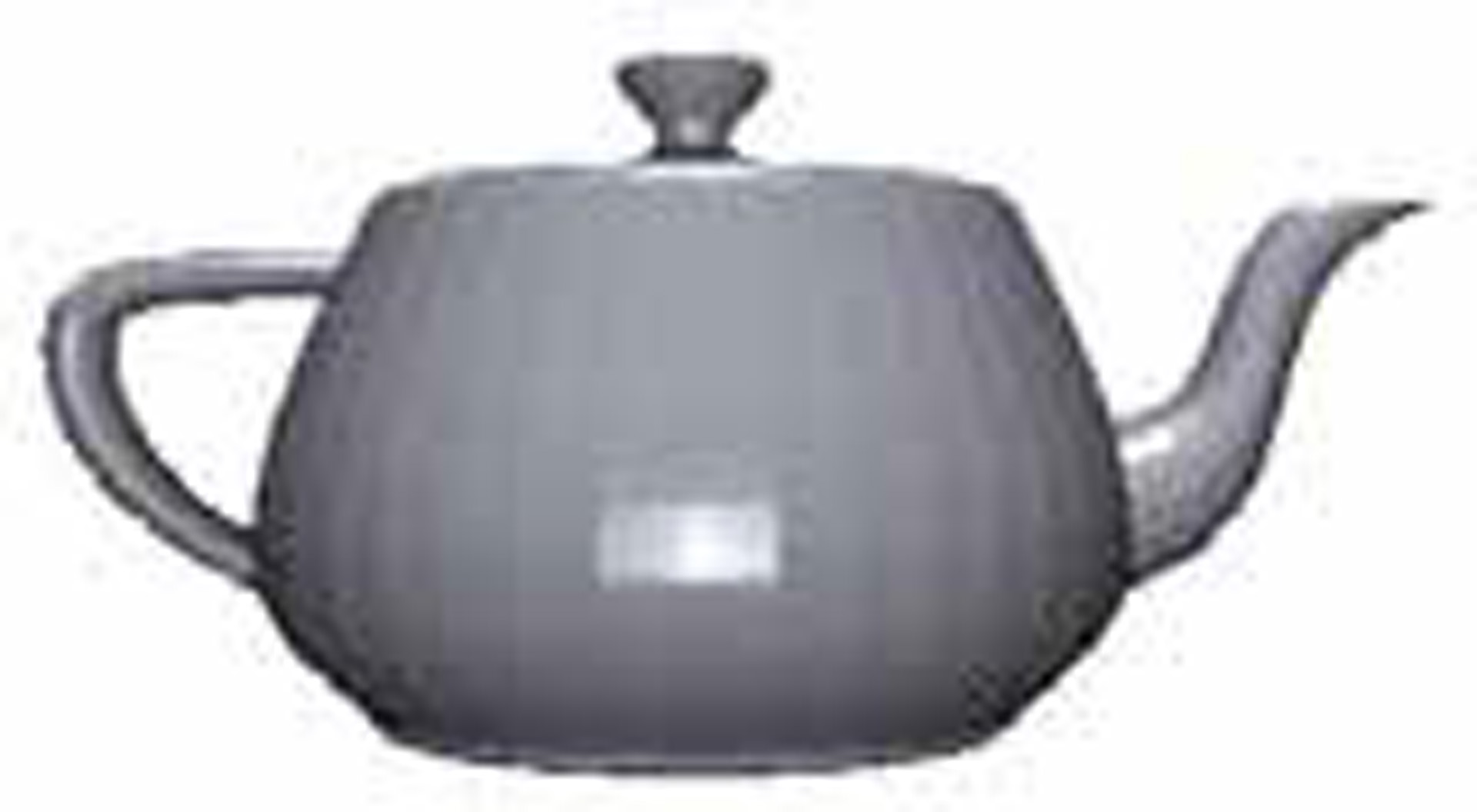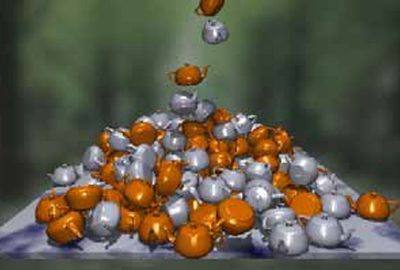“Rigid body simulation using a particle method” by Tanaka, Sakia and Koshizuka
Conference:
Type(s):
Title:
- Rigid body simulation using a particle method
Presenter(s)/Author(s):
Abstract:
Rigid body simulations have been developed by many researchers of computer graphics recently [E. Guendelman et al. 2003]. The main purpose of rigid body simulations in the computer graphics field is not to analyze the physics accurately but to make motion based on physical modeling. Although a rigid body does not exist in this real world, it is useful to treat a very rigid and little deformable object as a rigid body because the calculation cost is reduced. MPS (Moving Particle Semi-implicit) method [S. Koshizuka et al. 1996] is one of the particle methods to simulate incompressible fluids. Although a rigid body is represented by polygons traditionally, we represent it by particles because all material is represented by particles in the MPS method. Indeed polygons represent the rigid body shape precisely but collision detection is very complicated and time-consuming. Particle representation of a rigid body is not very precise but it is easy to detect collisions between rigid bodies. The quantity of data using particles is less than that using polygons. Besides, interaction with fluids is easy to calculate, for example, by coupling with a particle method for fluids. In this research, the method to calculate rigid bodies which consist of particles is developed and some examples are calculated.
References:
1. E. Guendelman, R. Bridson and R. Fedkiw, Nonconvex Rigid Bodies with Stacking, SIGGRAPH 2003, ACM TOG 22 (2003), 871–878.
2. S. Koshizuka and Y. Oka, Moving-Particle Semi-implicit Method For Fragmentation of Incompressible Flow, Nucl. Sci. Eng. 123 (1996) 421–434.
Additional Images:
- 2006 Poster: Tanaka_Rigid Body Simulation Using a Particle Method







